A relative newcomer to the chamber music scene, the Ansonia Trio was formed in 2009, and won the Grand Prize of the Daniel Rutenberg Chamber Music Competition the same year. The Trio made its New York debut at the New York House Concert series, has performed in various venues in and around New York, and participated in the Prussia Cove Festival in England.
Violinist Agelia Cho received her Bachelor of Music degree at the Curtis institute under the late Jascha Brodsky and Ida Kavafian, and her Master’s degree at the New England Conservatory of Music under Donald Weilerstein. She has won wide recognition as soloist, recitalist and chamber musician.
Cellist Laura Metcalf received her Master of Music degree at the Manes College of Music, studying with Timothy Eddy, and, upon graduation, was honored with the James E. Hughes award for excellence in performance. In addition to being active as soloist and teacher, she is a member of various chamber groups, such as the Tarab Cello Ensemble, a group of eight cellists with whom she has performed and recorded. She is assistant principal of the Chamber Orchestra of New York.
Australian pianist Andrea Lam studied with Boris Berman at the Yale School of Music, where she won the Woolsey Hall Competition, and with Arkady Aronov at the Manhattan School of Music, where she won the Roy M. Rubinstein Award. She was a semi-finalist in the 2009 Van Cliburn Competition, and has performed and recorded concertos with Australian orchestras and chamber music with the Takacs Quartet. She was featured at the 1999 and 2000 Sidney Festivals, playing for audiences of 180,000.
The Ansonia players say their goal is to “present programs that engage and inspire modern audiences.” The June 11 concert – their final one of this season – featured two romantic repertory favorites, Mendelssohn’s D-minor Trio Op. 49, and Brahms’ C-major Trio Op. 87, and two of Piazzolla’s “Four Seasons of Buenos Aires.”
The Trio is clearly a fine, very promising group; only a year after its formation, the strings’ intonation is excellent, the players’ phrasing, dynamics and expression are unanimous, their ensemble and rapport – complete with approving looks and smiles – are close; they obviously enjoy their companionship and collaboration.
Technically, they were more than equal to the music’s demands, negotiating Mendelssohn’s brilliant writing with easy facility; indeed, the Scherzo, though not too fast for their fleet fingers, was too fast for human ears. They projected the work’s ardent romanticism without excess or sentimentality, capturing the dark, ominous tension of its corner movements and the calm serenity of the second. The Brahms was carefully paced, austere but expressive; the first movement’s tempo changes were smooth and organic. They made Piazzolla’s idiom sound as natural as their native language.
The concert’s only flaw was the balance. The intimate Bechstein auditorium is just right for chamber music, but the piano, a vintage concert grand, is much too big and loud for the space and the music. When kept wide open, even the most careful, well-intentioned pianist cannot help sometimes overpowering the strings. The late great cellist and teacher Felix Salmon, exhorting the string players in his student groups, used to say: “Just look at its size!”

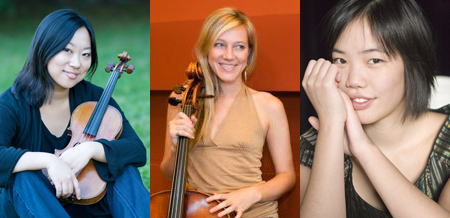
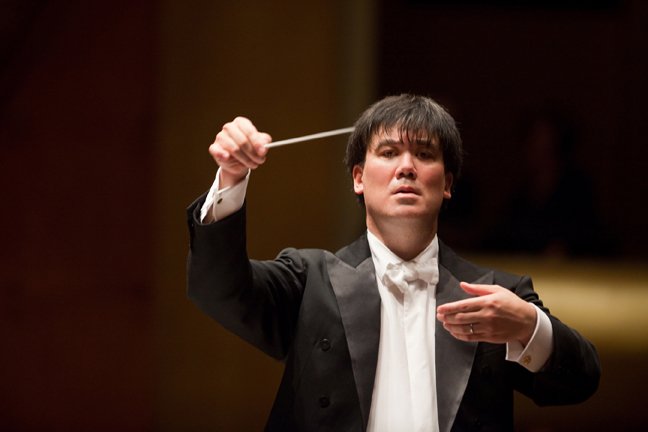
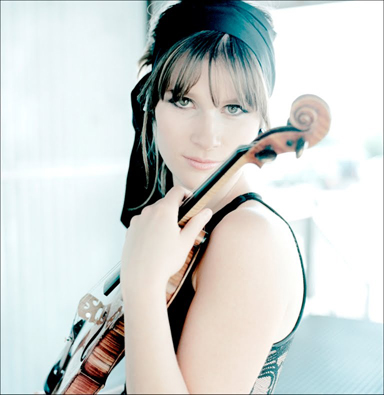
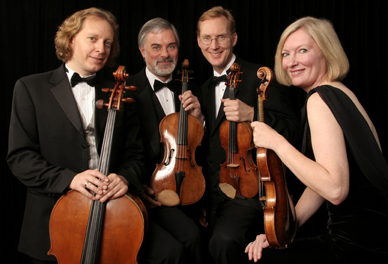
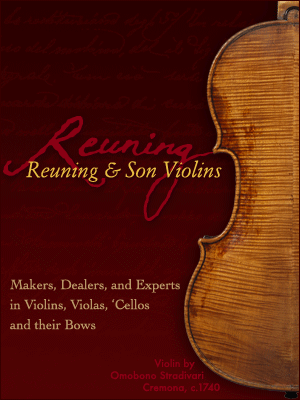
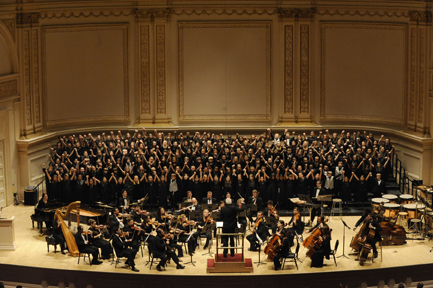
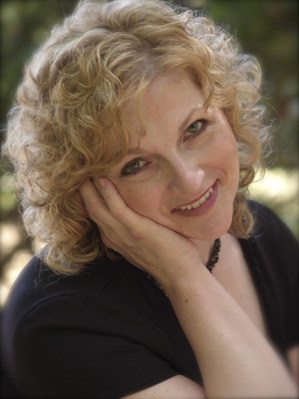

 Victor Goldberg is an excellent pianist with a formidable technique, a powerful tone, and a romantic soul (and a distracting habit of tossing his hands way up). Russian-born, he has studied, performed and won competitions in Europe, Israel and America, and is the recipient of the 2008 Pro Musicis International Award.
Victor Goldberg is an excellent pianist with a formidable technique, a powerful tone, and a romantic soul (and a distracting habit of tossing his hands way up). Russian-born, he has studied, performed and won competitions in Europe, Israel and America, and is the recipient of the 2008 Pro Musicis International Award. This concert “celebrated the American creative spirit” by combining photography and music. The program featured the “three B’s” American style – Barber, Bernstein, and Brubeck (Dave and his son Chris) – and included two New York premieres: the Brubecks’ “Ansel Adams: America,” and Bill Cunliffe’s fourth stream… La Banda (The Band). Composers Dave Brubeck and Bill Cunliffe were present, as were several members of Adams’ family.
This concert “celebrated the American creative spirit” by combining photography and music. The program featured the “three B’s” American style – Barber, Bernstein, and Brubeck (Dave and his son Chris) – and included two New York premieres: the Brubecks’ “Ansel Adams: America,” and Bill Cunliffe’s fourth stream… La Banda (The Band). Composers Dave Brubeck and Bill Cunliffe were present, as were several members of Adams’ family.